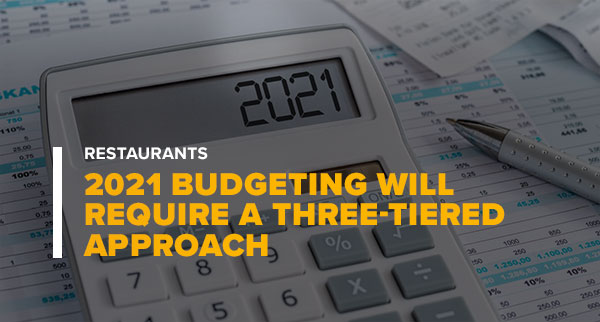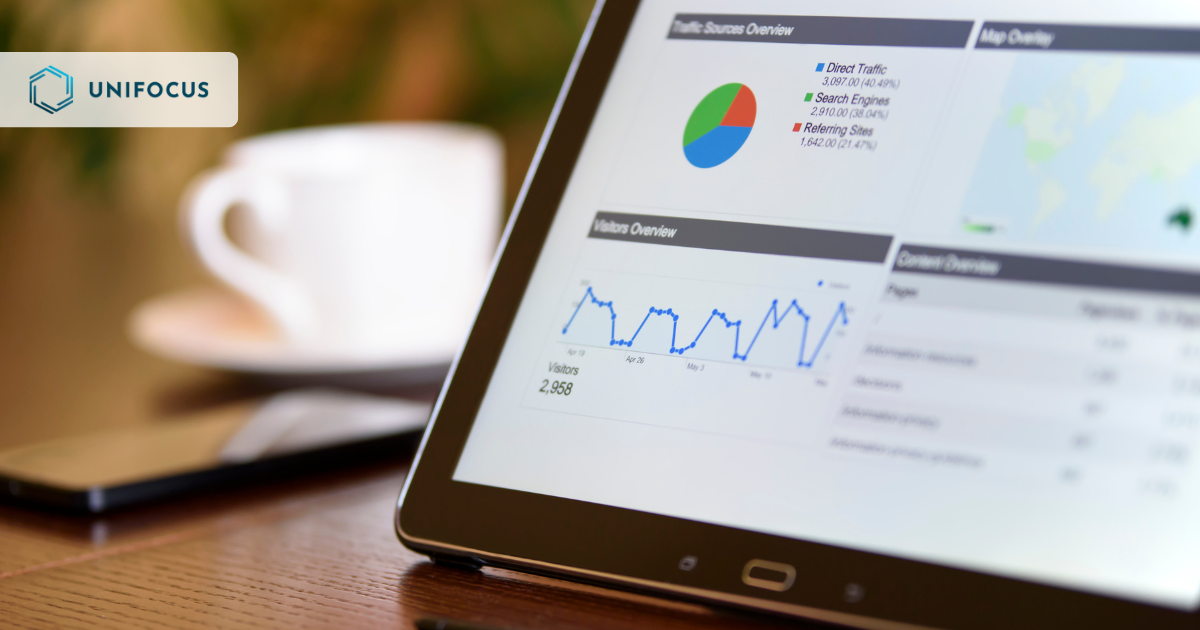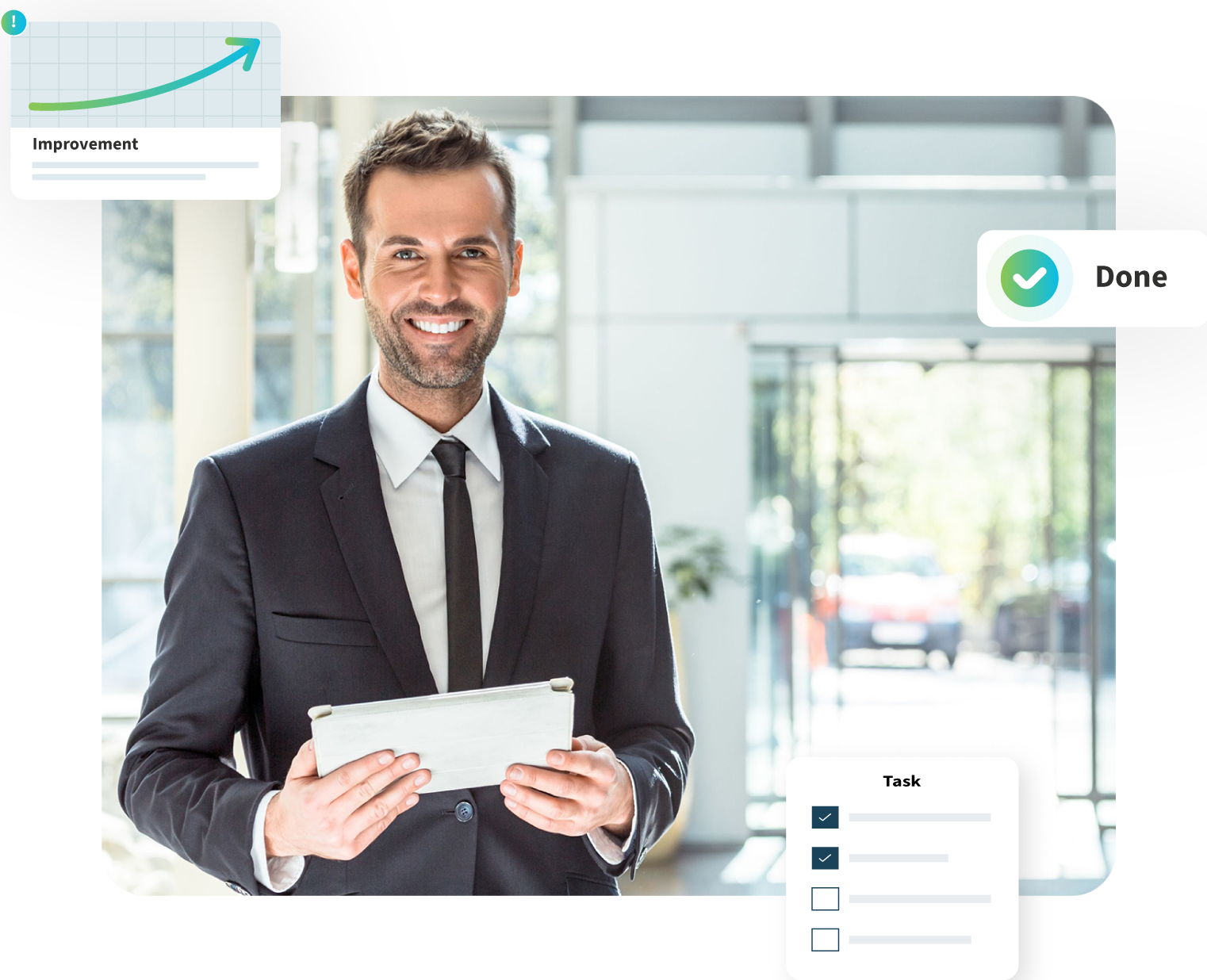November 20, 2020 - Published in Modern Restaurant Management - The high levels of uncertainty surrounding the future of the COVID-19 pandemic highlight the importance for restaurants to rethink their approach to budgeting for 2021. Historically, food service businesses formulated a single year-long budget tailored to labor needs, food costs, average daily revenues, capacity levels and customer trends – all of which were in relation to historical results and relatively stable. Budgets were thoroughly reviewed, signed off on and then periodically updated every 30, 60, or 90 days. It was an approach that proved to be effective in the past, but it’s simply not suitable for the instability of a global health crisis.
An approved COVID-19 vaccine ready for mass distribution has not surpassed Phase 3 trials as of October 2020. In reality, while there does remain some question of when the vaccine will be approved – when that day does come, it will a be matter of how long it takes to have it ready for mass distribution and the percent of the population open to receiving it. The timing of that vaccine as well as changing viral conditions as well as other general economic trends will determine restaurant performance in 2021 and beyond. Unfortunately, it could take as long as 6-12 months before the entire U.S. population has access to the vaccine – meaning restaurants will still face a similar semblance of pandemic-related challenges next year.
However, the extent of those challenges remains unknown, so restaurants should plan to navigate 2021 with a multi-faceted budgetary approach that accounts for each potential direction of COVID-19’s future. A flexible three-tiered budget will be essential for ensuring your company is financially prepared for the road that lies ahead.
Budget No. 1: A Pandemic Environment
The ripple effects of COVID-19 forced restaurants to make significant changes in several areas of their operations. From new COVID-19 safety compliance guidelines to demand volatility and limited employee availability, staffing needs have fluctuated. The strict capacity restrictions in many areas of the country coupled with a work from home business environment have led to a drastic shift in the revenue streams that exist today. These changes, in addition to wider fluctuations in revenue and cover counts, altered peak-service times, which, in turn, have forced restaurants to adjust labor spending, inventory management, and operational efficiency procedures to preserve profit margins.
Entering the new year, restaurants will first need to continue operating with a budget optimized for the pandemic. By utilizing technology solutions that leverage advanced data analysis, restaurants can gain actionable insights from the percentage rate of dine-in customers vs. take-out customers (drive-through customers for fast-food enterprises) that reveal labor, inventory and procedural needs – three critical factors of their budget.
Budget No. 2: A Non-Pandemic Environment
From another perspective, COVID-19’s strain on restaurants could begin to subside rather quickly next year. For example, the first few months of vaccine distribution, where healthcare workers and high-risk individuals with pre-existing conditions will be the first to become vaccinated, could potentially lead to significant case-count reductions that improve the safety of dining in public. As a result, in-person service levels would likely rise in the span of a few weeks, causing new needs that aren’t aligned with a pandemic-based budget. In order to preserve profits and service quality, restaurants would need to act fast.
That’s where a non-pandemic environment would come into the fold. After the pandemic, recovered revenue streams may allow the industry to shift back to operations that were more like those used before the COVID-19 outbreak. Additionally, greater business predictability for operations should be expected. Under this scenario, more traditional labor and food cost parameters would need to be in place to ensure service quality expectations are met. However, even with this “new” operational setting, it is likely that patrons will still expect heightened sanitation protocols and some level of socially distanced floor plans. This will require an optimized budget structure.
Budget No. 3: A Hybrid Approach
For larger food service chains, progress toward a return to normalcy will be dependent upon the location of their enterprises. We’ll likely see certain states and regions recovering faster than others, so budgets will need to be structured on an area-by-area basis. For example, one Applebee’s in Pennsylvania may require an entirely different set of labor allocations than another Applebee’s in Ohio – even though they are located in neighboring states. In these situations, a hybrid budget will be critical.
The hybrid approach intertwines elements from a pandemic and non-pandemic budget based on the specific needs of the restaurant. It isn’t only suitable for large chains, either. Hybrid budgets can be employed by single-operation restaurants that are located within an area that isn’t totally out of the woods yet, but is progressively nearing a return to normalcy. In addition to adjusting labor levels, it would allow them to slowly integrate new business strategies for post-pandemic recovery, such as flexible scheduling models based on demand volatility, employee availability and optimized shift durations. Additionally, this new hybrid may actually require switching between models based on the operating environment, even on a bi-weekly basis.
Above all, financial preparedness will be the most critical factor to navigating 2021. By taking a multi-faceted budgetary approach, restaurants will have a wider array of financial resources to stay the course on their road to COVID-19 recovery. With this approach, the operational management team will be better able to align, adapt and adjust to the world around them and foster a brighter post-pandemic future.
Click here to read the original article in Modern Restaurant Management






